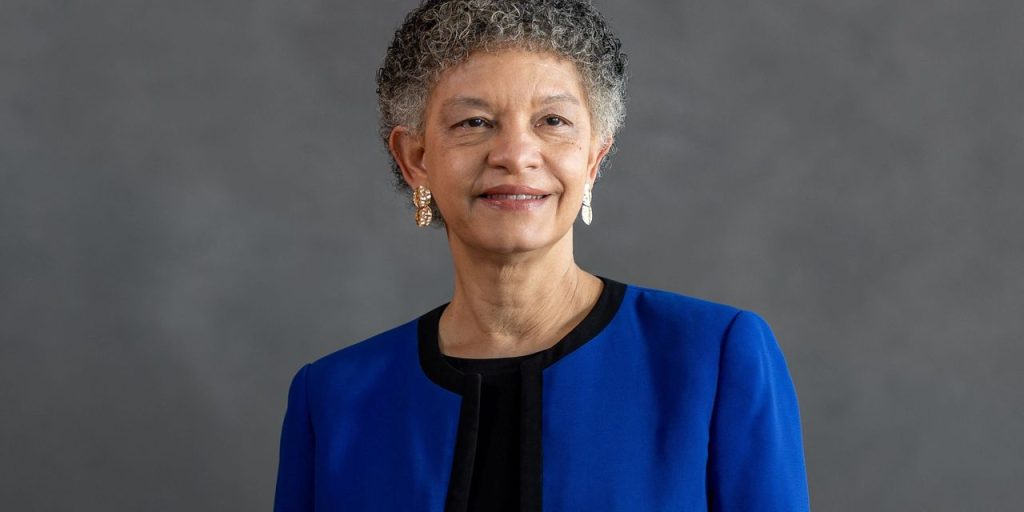While the stress in the banking sector made it hard to know what was the appropriate interest-rate policy, another one-quarter-percent rate hike seemed reasonable, Boston Fed President Susan Collins said Thursday.
“I currently anticipate some modest additional policy tightening and then holding through the end of this year,” Collins said, in a speech to a National Association for Business Economics conference.
Collins’ position matches the median forecast of Fed officials in their latest economic projections released last week.
Collins said this forecast on one rate hike and then steady rates until 2024 “reasonably balances the risk of monetary policy not being restrictive enough to bring inflation down and the risk that activity slows by more than needed to address elevated price pressures.”
The Boston Fed president said it was premature to say what would be needed at the May meeting because there will be more economic data before policymakers meet on May 2-3.
Collins called herself “a realistic optimist” saying that she still thinks there is a path to bring inflation down without a significant recession.
Inflation remains too high, the Boston Fed president said.
Recent data show signs of more strength in the economy than many anticipated. This strength might reflect the fact that interest-rate policy did not enter “fully restrictive territory” until the second half of last year and it maybe too soon to see its full effects on activity, she said.
There are some early signs of slowing demand in the labor market, Collins said.
While job growth averaged over 400,000 per month so far this year, a large portion of the gains came from sectors still “catching up” from losses early in the pandemic.
As this process ends, Collins sees a moderation in hiring, which could help to relieve wage pressures.
The stress on banks from the rapid collapse of Silicon Valley Bank will likely lead banks to take a somewhat more conservative outlook and tighten lending standards, Collins said.
This might contribute to slowing the economy and reducing inflationary pressures, she said.
“These developments may partially offset the need for additional rate increases,” Collins said.
Before the banking stress, Collins said she was planning last week to raise her forecast for the eventual endpoint of Fed’s interest rates. But she decided to keep the same forecast that she had submitted in December despite the “somewhat disappointing news” in terms of inflation specifically.
The Dow Jones Industrial Average
DJIA,
+0.01%
opened up sharply but has lost ground as the trading day continued. The yield on the 10-year Treasury note
TMUBMUSD10Y,
3.404%
slipped to 3.56%.
Read the full article here



